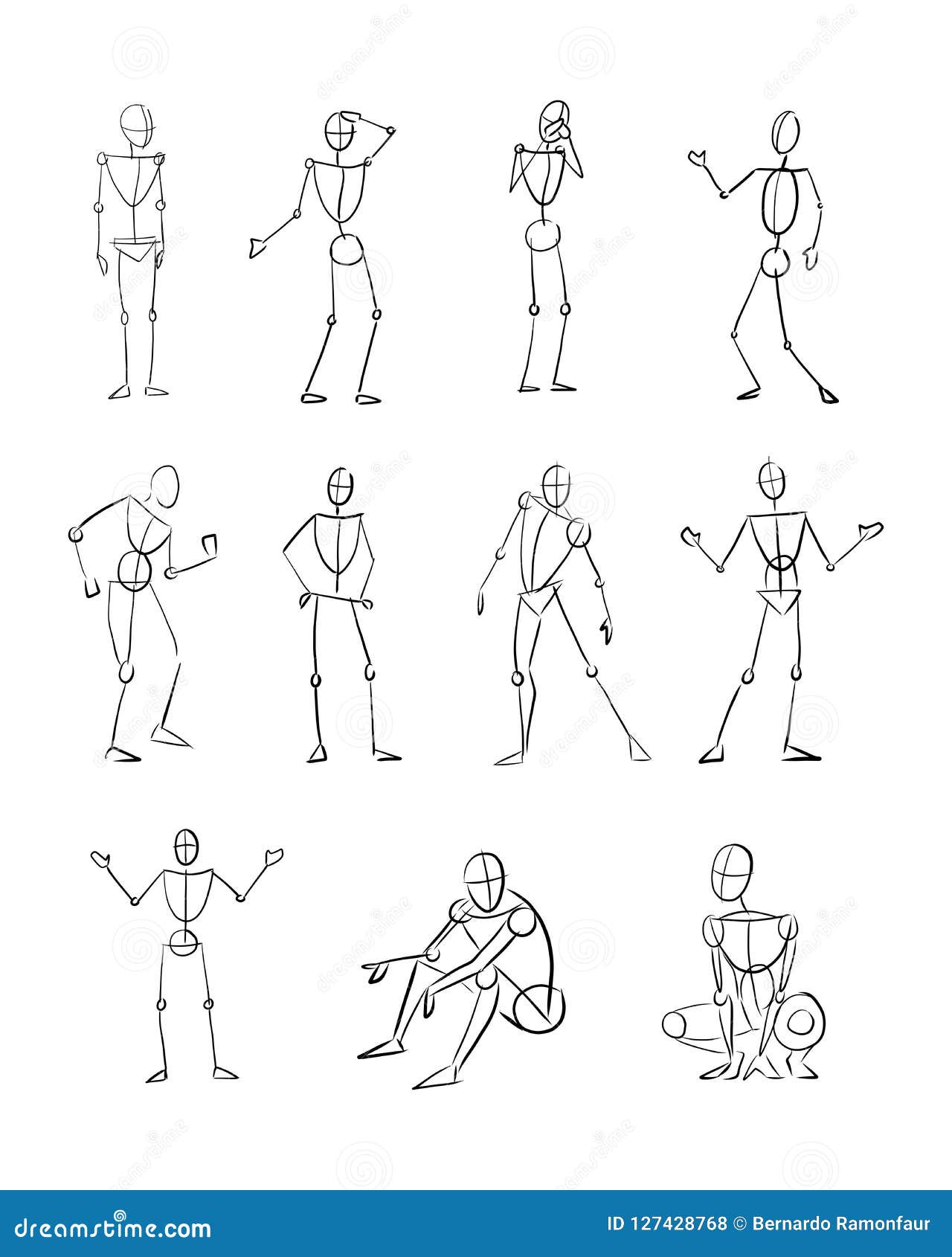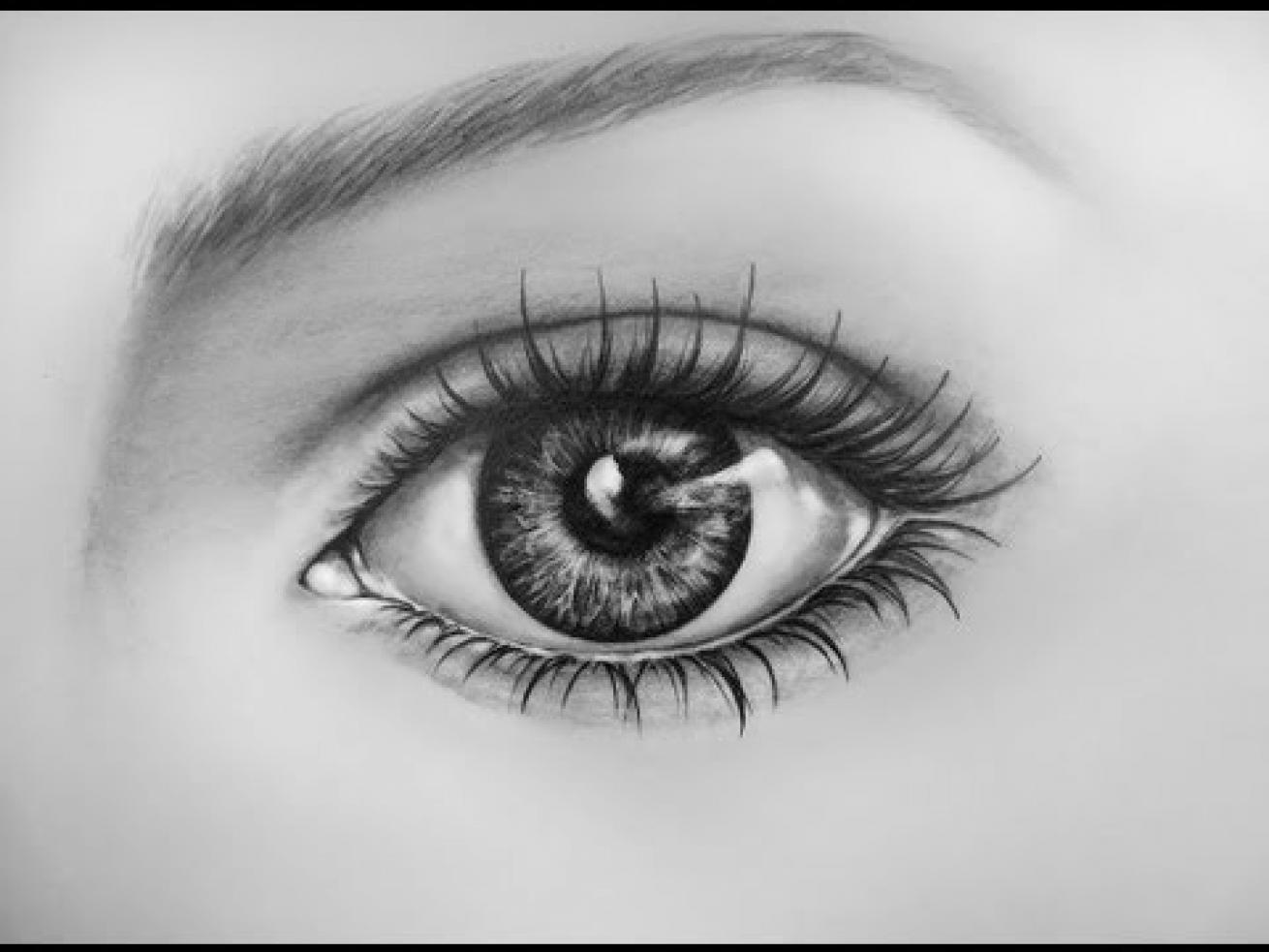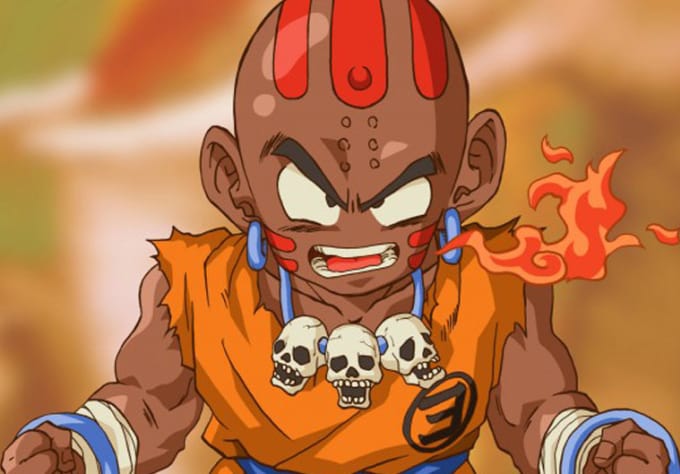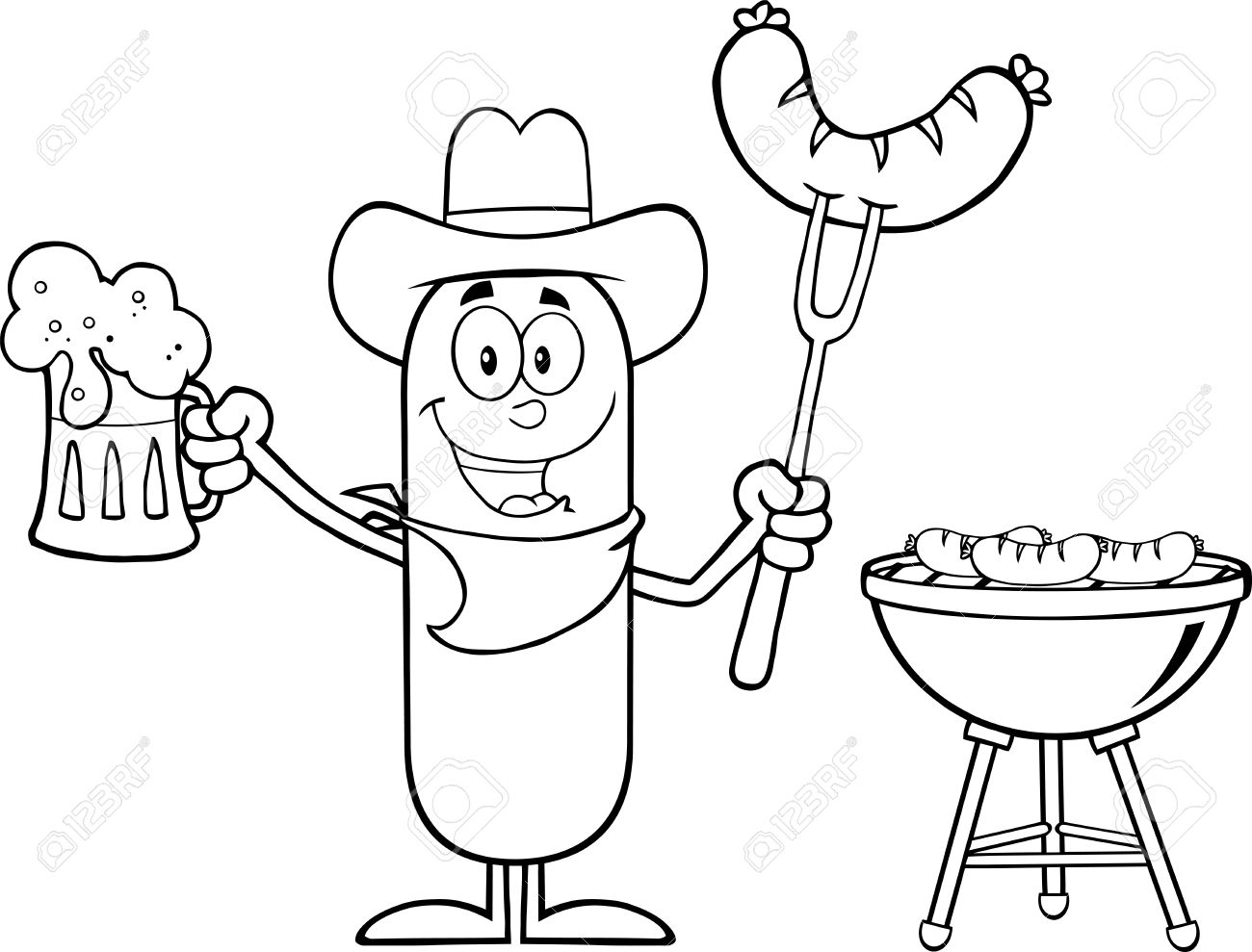Pin on desenhos pinturas
Table of Contents
Table of Contents
If you’re struggling with drawing different body positions, you’re not alone. Many artists find it challenging to portray their characters in a believable and dynamic way. However, with a few tips and tricks, you can master this essential skill and create stunning artwork that captures the essence of your character. Keep reading to learn more about how to draw different body positions.
Whether you’re a beginner or an experienced artist, you may face certain challenges when it comes to drawing different body positions. For example, you may struggle with proportions or perspective, or you may find that your characters look stiff and lifeless. It’s essential to practice regularly and master the fundamentals before moving on to more advanced techniques.
One of the best ways to improve your skills is to study real-life poses and movements. Observing how people move and hold their bodies in various situations can help you replicate these actions in your artwork. Additionally, using reference materials like photographs and sketches can provide you with a wealth of information and inspiration.
Overall, the key to drawing different body positions is to practice, experiment, and keep an open mind. Don’t be afraid to make mistakes and try new things. With time and dedication, you’ll be able to create artwork that truly captures the essence of your characters.
How to Draw Different Body Positions: Tips and Techniques
One technique for mastering different body positions is to break the body into basic shapes. This will help you understand how to block out your characters’ poses and ensure that their proportions are correct. For example, you can use rectangles to represent the torso and limbs, and circles or ovals for the joints.
Another technique is to use a wireframe or skeleton method. This approach involves drawing the basic shape of the character’s skeleton and then adding body mass and details on top. This method is especially useful for showing a character in motion, as it helps you ensure that their movements are fluid and natural.
When it comes to specific poses, it’s essential to understand how weight and balance play a role. For example, when drawing a character in a seated position, it’s important to ensure that their weight is distributed evenly and that their posture is natural. Similarly, when drawing a character in a jumping or running pose, you’ll need to pay attention to how their weight shifts and how their body moves through space.
More Tips and Tricks for Drawing Different Body Positions
Using reference materials is essential when it comes to drawing different body positions. Whether you’re using photographs, sketches, or real-life models, having a visual aid can help you understand how the body moves and how different poses should look. Additionally, using a mannequin or an action figure can be helpful in creating more complex poses and angles.
Another tip is to practice gesture drawing. This technique involves capturing the essence of a pose in a few quick and fluid lines. By capturing the gesture of the pose, you can create artwork that is full of energy and movement. Additionally, practicing gesture drawing can help you identify areas where you need to improve your skills.
Conclusion: How to Draw Different Body Positions
Drawing different body positions is a skill that can take years to master, but with the right techniques and dedication, anyone can learn how to create stunning artwork. Remember to practice regularly, study real-life movement and poses, and experiment with different techniques until you find what works best for you. With these tips and tricks, you’ll be on your way to creating dynamic and engaging artwork that truly captures the essence of your characters.
Question and Answer
Q: How can I improve my understanding of proportions when drawing different body positions?
A: One way to improve your understanding of proportions is to study anatomy books and draw from life whenever possible. Additionally, you can use reference materials like sketches and photographs to help you understand how different body parts relate to one another.
Q: What are some common mistakes that artists make when drawing different body positions?
A: Common mistakes include incorrect proportions, stiff and unnatural poses, and gaps in knowledge of anatomy and movement. However, with practice and dedication, artists can overcome these challenges and create artwork that is full of life and energy.
Q: What is the best way to practice drawing different body positions?
A: The best way to practice is to draw as often as possible and to use a variety of reference materials. Gesture drawing, using mannequins and action figures, and studying real-life movement and poses can also be helpful techniques.
Q: How can I make my characters’ poses look more natural and believable?
A: Paying attention to weight, balance, and movement can help you create more natural-looking poses. Additionally, using reference materials and practicing gesture drawing can help you identify areas where you need to improve your skills.
Conclusion of How to Draw Different Body Positions
Drawing different body positions is a valuable skill for any artist to have, whether you’re creating comics, illustrations, or visual art. By practicing regularly, studying real-life movement and poses, and experimenting with different techniques, you can create artwork that is full of life and energy. As you master this skill, you’ll be able to portray your characters in dynamic and engaging ways that truly capture their essence.
Gallery
Drawing Cartoon Poses ~Starla’s Art Studio | Drawing Body Poses

Photo Credit by: bing.com /
Body Positions 2 Stock Illustrations – 1,052 Body Positions 2 Stock

Photo Credit by: bing.com / positions body drawing different human dreamstime hand
Pin On Desenhos & Pinturas

Photo Credit by: bing.com / posture
40 Ideas How To Draw Body Positions Character Design For 2019 #howto

Photo Credit by: bing.com /
Different Sitting Positions - Google Search | Drawing Reference Poses

Photo Credit by: bing.com / pose gestures sitzen





